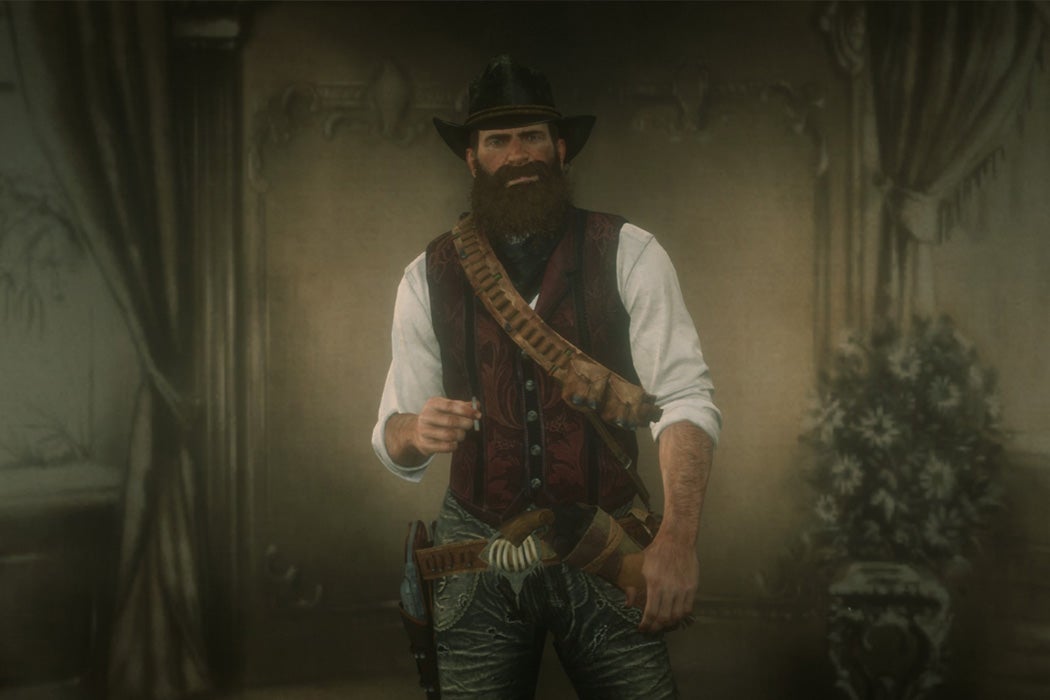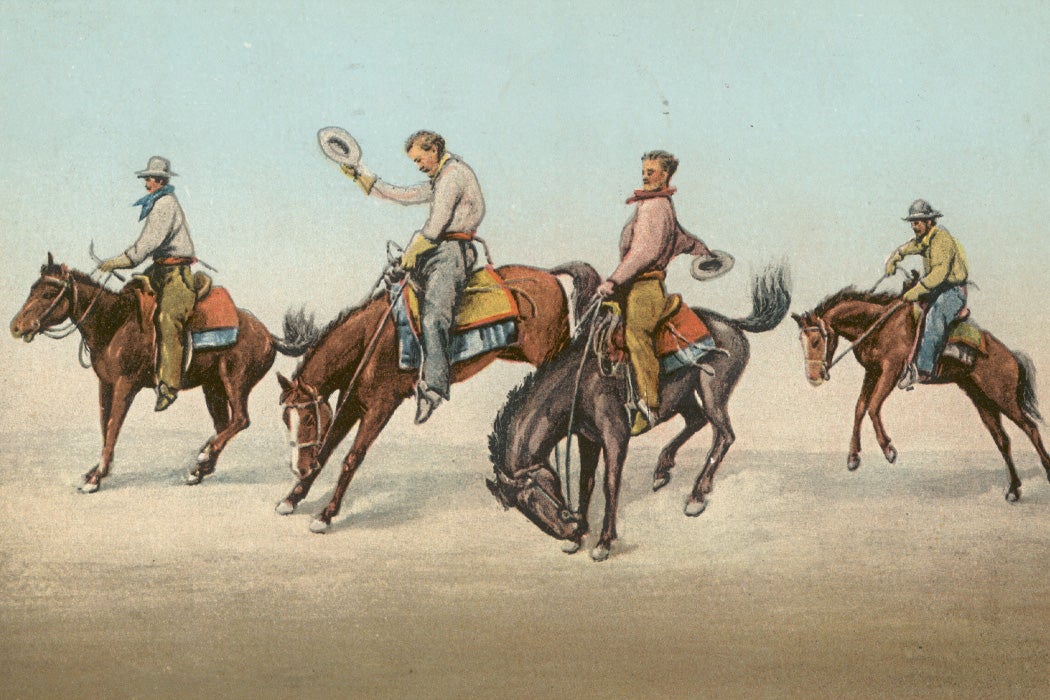America loves cowboys, from the swaggering heroes of the silver screen, to legends like Buffalo Bill, to today’s bestselling videogames, such as Red Dead Redemption 2. Even presidents turn to the iconic cowboy hat and boots to endear themselves to the public and make themselves seem more authentic, capable, and iconically “American.”
But in real life, the American cowboy’s fortunes took a turn for the worse long ago. In a 1982 article in The Massachusetts Review, writer Peter R. Decker points out the contrast between how America celebrates cowboys and how it treats those who still roam its open plains.
The downfall of the cowboy was result of the mechanization of the ranching industry. As ranches acquired more land and focused on increasing production, they required more horsepower than actual horses could provide. Machines could complete much of the physical labor. As Decker explained, “No ranch today needs a bronc buster mounted atop a $30,000 self-propelled swather, running at full throttle, spurring the paint of its flanks.”

Decker writes that for all our admiration of the cowboy’s self-reliance and independence, economically, they were always hired help. Ranches today do create jobs for many, but cowboys aren’t often on the payroll. Despite the commonly-held romantic notion of the open range, operating a ranch today requires a cadre of specialists, including programmers, marketers, and engineers. Cowboys’ skillset increasingly became less relevant to the modern, machine-run ranch, and when the work dried up, so did the lifestyle.
Weekly Digest
It seems odd, then, that as actual cowboys have been sidelined by industrialization, as a culture we continue to fervently love the figures. As Decker puts it, “There is, unfortunately, a destructive tendency in our capitalistic culture to romanticize that which we are in the process of destroying.” After spending time among cowboys, Decker writes about the future of the profession: “Visit our western ranches today, and look closely, and you’ll see and hear among the owners and workers a new despair.” He goes on to note:
It is a despair which can vividly imagine a future in which urban values permeate the entire countryside, where more and more land is controlled by absentee owners. It is a future which holds few rewards for the dignity of labor and its creative spirit. It is a future of mechanical feedlots and space age backlots. It is a future of a paved wilderness and a boutiqued countryside, monuments to the powerful all American consumer.
Cowboys remain a reliable marketing trope. But it would seem that the American love for cowboy trappings does not extend to the profession itself, or the way of living that enabled it.







